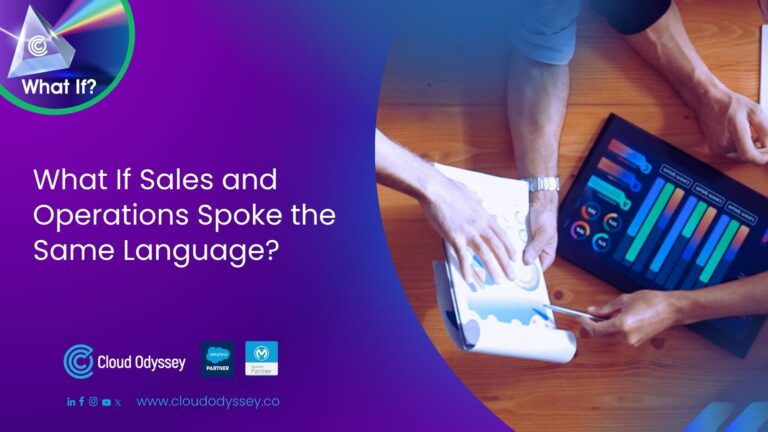Data migration is intertwined with challenges as well as opportunities in data management practises. With data at the centre of businesses, data managers face innumerable challenges due to the necessity of growing data repositories and the necessity of replacing legacy data storage solutions. Every day, there is a forced necessity to migrate data to new solutions that are capable enough to handle more and more data. The source of data and its types are ever-changing, and instances for this purpose include data from IoT, sensor data, video data, audio data, and many more. Legacy data solutions often prove incapable of holding everyday, growing data at the outset of growing new data sources. This kind of situation often demands the adoption of suitable tools for data migration. At this outset, it is quite imperative to look into data migration trends and challenges for 2022, and those are:
Cloud migration
Data surges are witnessed nowadays all over the world, and enterprise storage capacity is exhausting in no time. This results in data managers looking for suitable solutions for this purpose. Migrating data to the cloud is proving to be the best solution because of its capacity to reduce complexity and urgency. Unlike the necessity for troubleshooting, configuration, installation, and testing required for physical drives, cloud migration does it instantly. It is a power source for migrating your data to the cloud due to its ability for automated storage scaling and ease. Many large and medium companies are already utilising this option to a great extent. Small companies are yet to use this option due to various reasons, and perhaps 2022 trends will fuel it to a good extent.
Unstructured data
Structured data is easy to handle with the help of data analysis, which is not the case with unstructured data. Cloud resources at this point in time are evolving well to the purpose with added powerful cloud resources and leveraging maximum with AI too. Here. Unstructured data is no longer an issue with a wide array of data analysis approaches. It is important here to understand what unstructured data is. It could be files that are outside the database. These can be small and possible to process in the form of a text file or a complex video file with multilingual audio content. The present data analysis is now capable of processing all types of data files, like presentations, IOT videos, PDF invoices, spreadsheets, and many more, through computing power. The difficulty here is that analysis tools must be able to access these files. Here is where the necessity for data migration develops: to migrate new and unstructured data into new data repositories for data analysis.
Data modernization
Our data migration practise is all about moving data from one repository to another, while data analysis improves it along with efficiency and effectiveness through AI, with no necessity to waste time figuring out the type of data. A necessity of data modernization arises here that involves moving your data migration from the legacy database to the modernised database. Data modernization is all about transforming your unstructured data into structured, classified data at the same time while refining the unstructured data simultaneously. Every company that is using data migration to the cloud is becoming more active with modernization practises. This leads to exponentially scalable, cost-effective, flexible, performance-oriented, and expandable data for the companies. This data modernization is going to be a remarkable data migration trend for the year 2022.
Data-driven migration
Data migration is a must and should be a necessity nowadays, with the way data is being accumulated from various sources. It needs to be intact even when the media fails. Here, data migration managers’ main focus is to improve costs, accessibility, and performance through their solutions, whether it is data moving from the local to the cloud, between cloud resources, or some other. While data transition takes place, data managers here focus on moving suitable and right data to the right places. Apart from recreating the existing data, data managers are now driven to configure data into useful resources. Here, data transition is wise enough to serve well over the simple storage options. Data managers are here intended to reap more in return, like improved integration and analysis with other systems. For example, data replication is no longer a choice over local storage, and it is wise to have global repositories through the classification of data to cater well to global marketing, logistic records, operational records, security log files, and many more. So, data managers are here to execute wise data migration through specific subcategories of your data with the help of specific tools and locations.
Shifting data markets
Currently, markets like insurance, banking, and financial sectors have identified the clear value of data migration and are practising it widely. Data analysis capabilities can be improved to a major extent with the help of data migration. Marketing departments all across the world are making good use of these practises. This kind of situation is creating a necessity for new roles and industries at the outset of data migration, which has spread widely. Industries like consumer goods and retail are reaping a lot from their customer life cycle by understanding their customers with the help of data. This is called shifting demand among industries and functionalities of jobs. There is a chance to obtain more advantages through data migration and data analysis by understanding your data well.
Migration software consolidation
The software availability earlier was limited, which is useful for only specific migration needs. This is no longer the case, as cloud vendors have developed software to assist organisations in moving large amounts of data to the cloud. Similarly, hardware is too developed for loading the entire data onto a box, and it will be shipped to your cloud provider. It is a perfect way to avoid network overload while migrating your data over to the cloud or web. At this outset, data migration software started to expand to enable intelligent and cloud-enabled software for data migration needs, which can successfully avoid data silos. It is indicating that in 2022, clients will demand end-to-end software solutions with vendor file migration, replication, and synchronisation across heterogeneous storage environments. They expect to include in it tape, discs, private or public clouds, and an additional layer for data protection. Here, it can also become a necessity to have less than your non-proprietary server with the capacity to manage millions of files.
Data-First migration
It is always observed that data migration is almost impossible to avoid, though it’s painful and risky. It is always a common practise to refresh hardware every five years, which can result in a massive shift and lift. Here, moving data to the cloud can result in additional complexity while it is accomplished via WAN. So, data-led migration is a popular option here instead of planning to migrate in the form of storage volumes, and a data-first approach can help you here by breaking data into small segments. First, analyse your data well and begin to move or migrate based on data type, workload, and other key values that can lead to an agile approach. This is the best way to transform your massive and disruptive task into small chunks, and it can mitigate the risk too. It means you will be considering the right data set to migrate to the right cloud to obtain optimised performance and results in return. This 2022 trend is in sync with the present trend, which is multi-cloud environments.
Cloud Odyssey is always focused on quality migration practises that are pocket-friendly to clients while at the same time being low-risk and complex. Our data migration teams are well qualified and experienced to carry out your migration tasks without interrupting your work or compromising security. We always work on clients’ tasks, keeping in mind the above-predicted trends and future trends.










